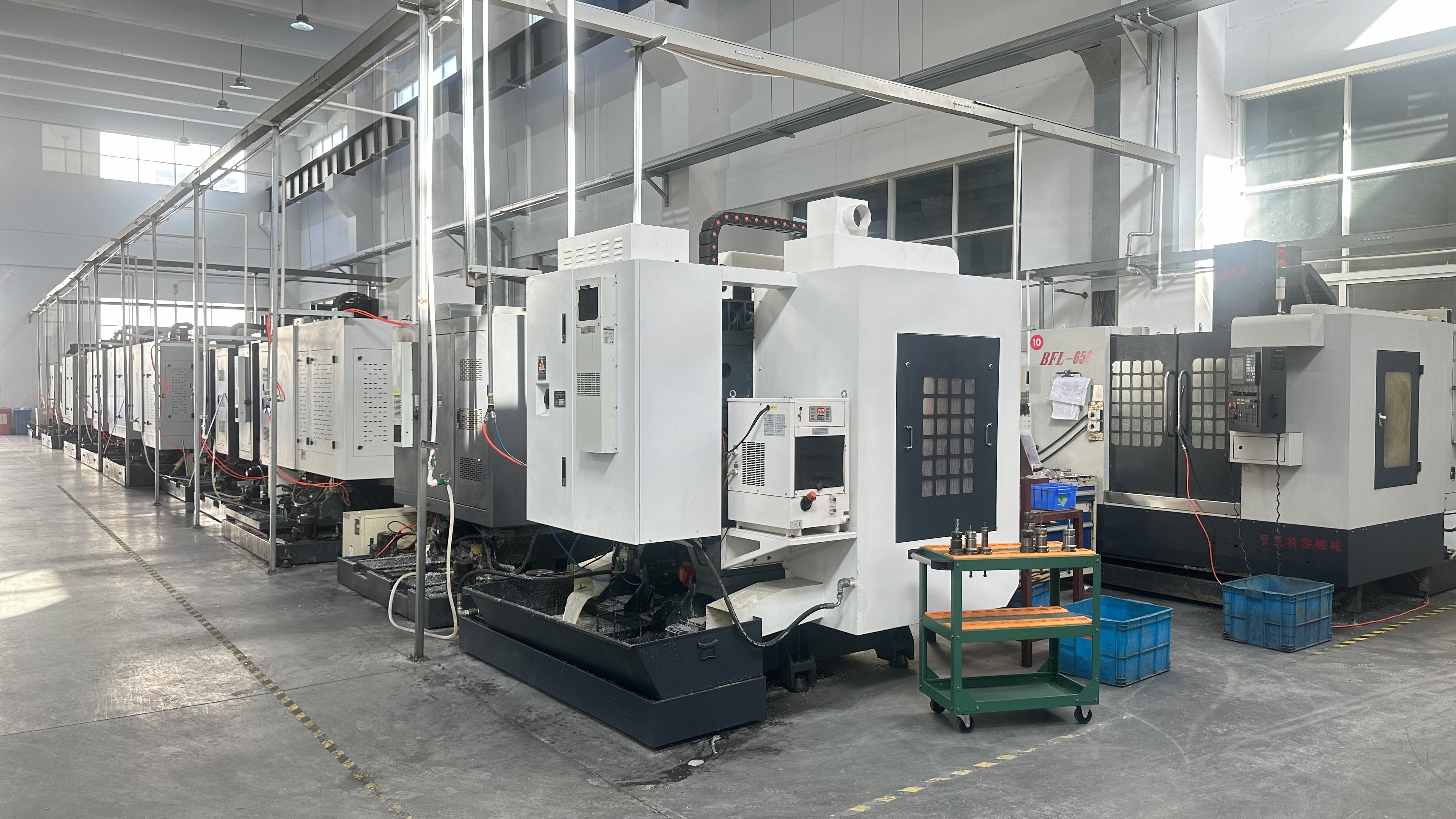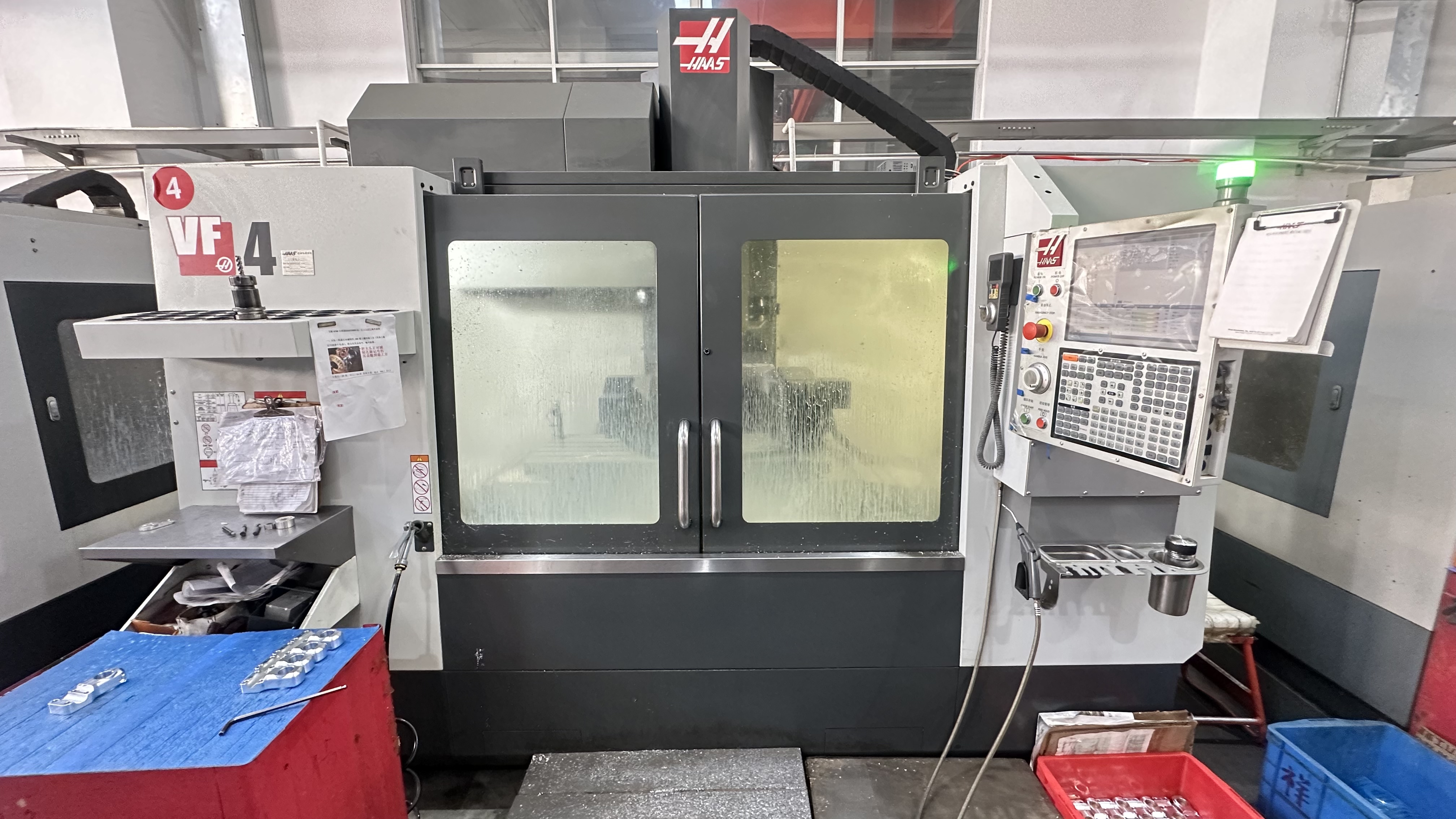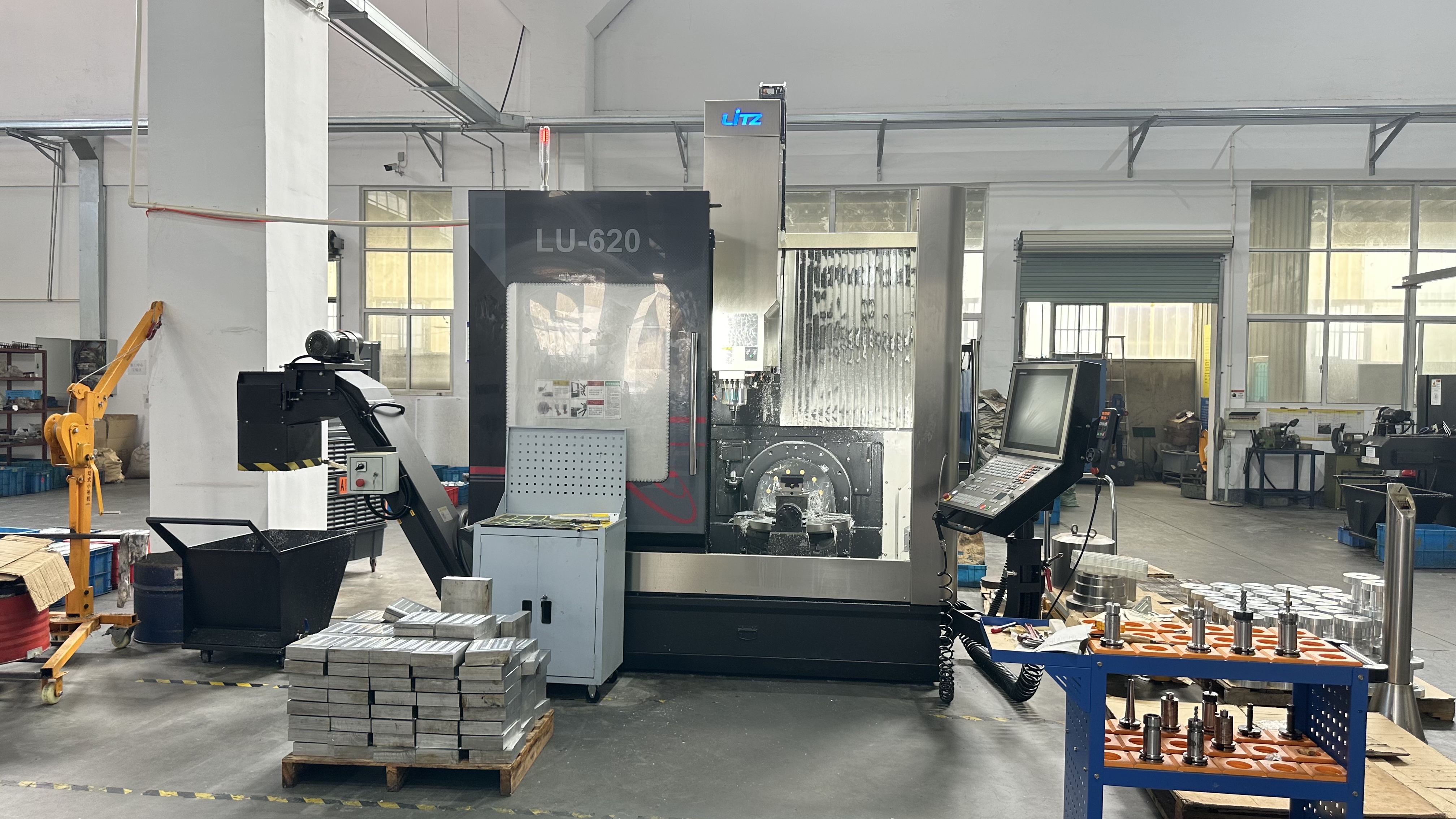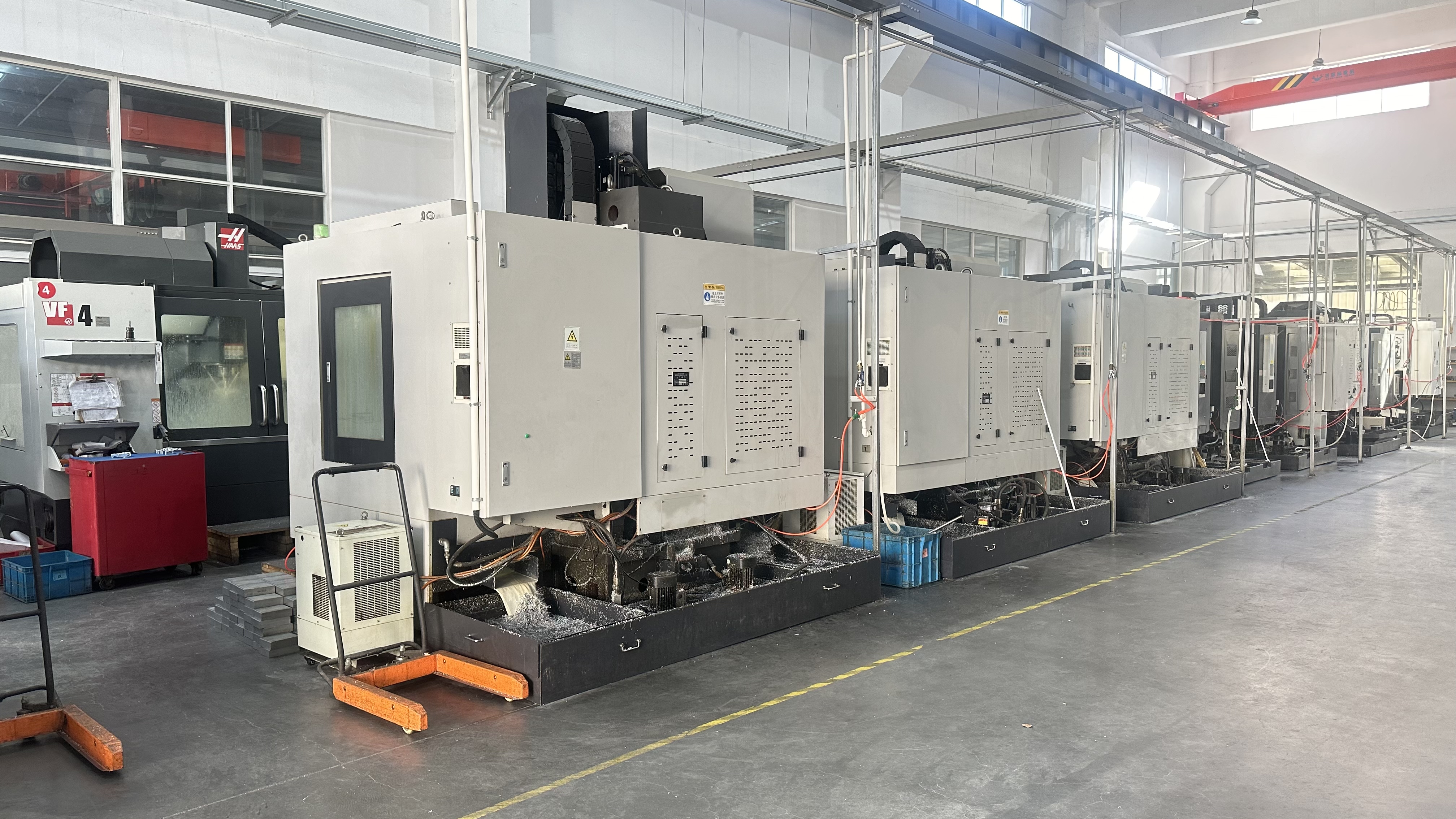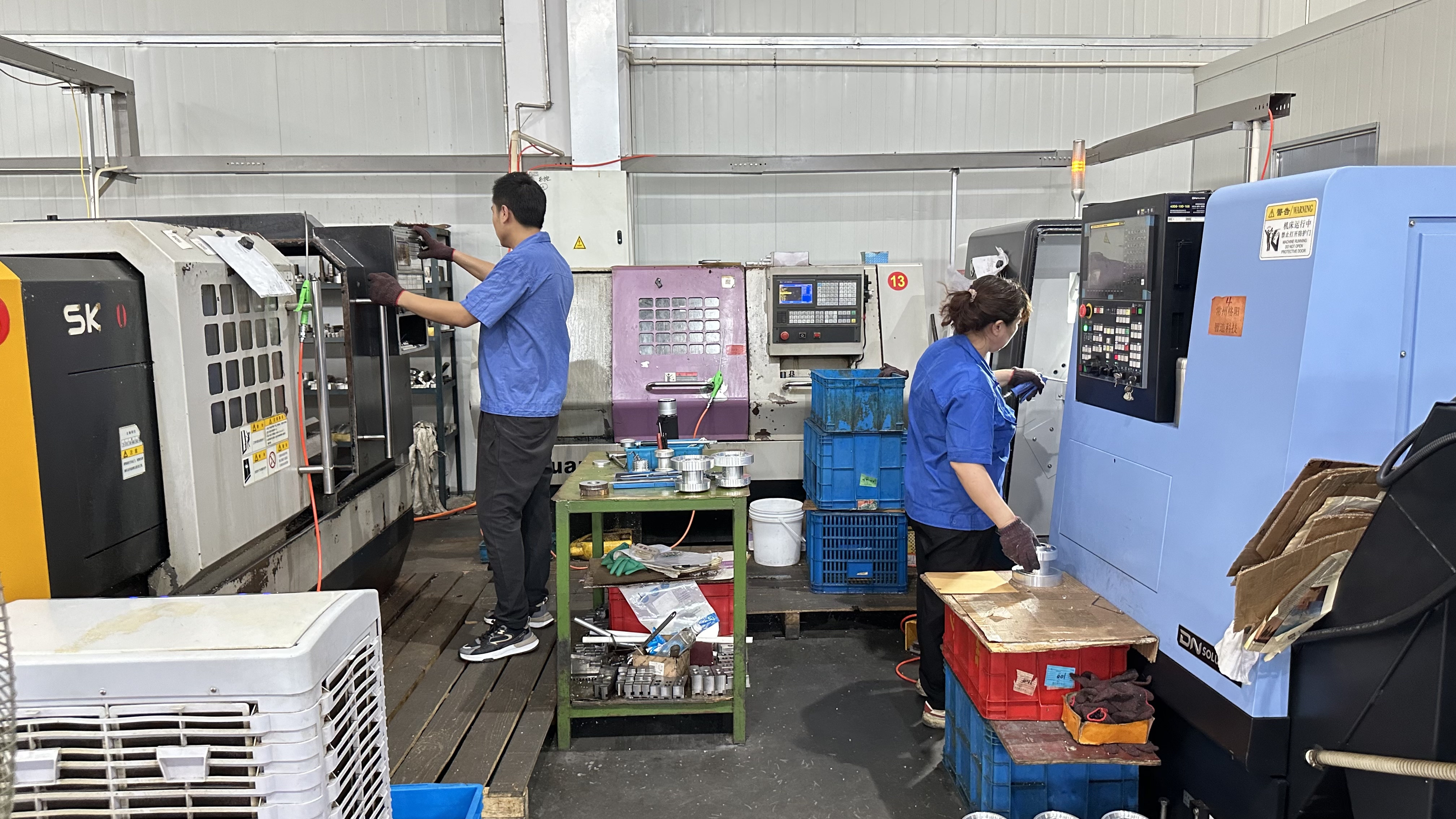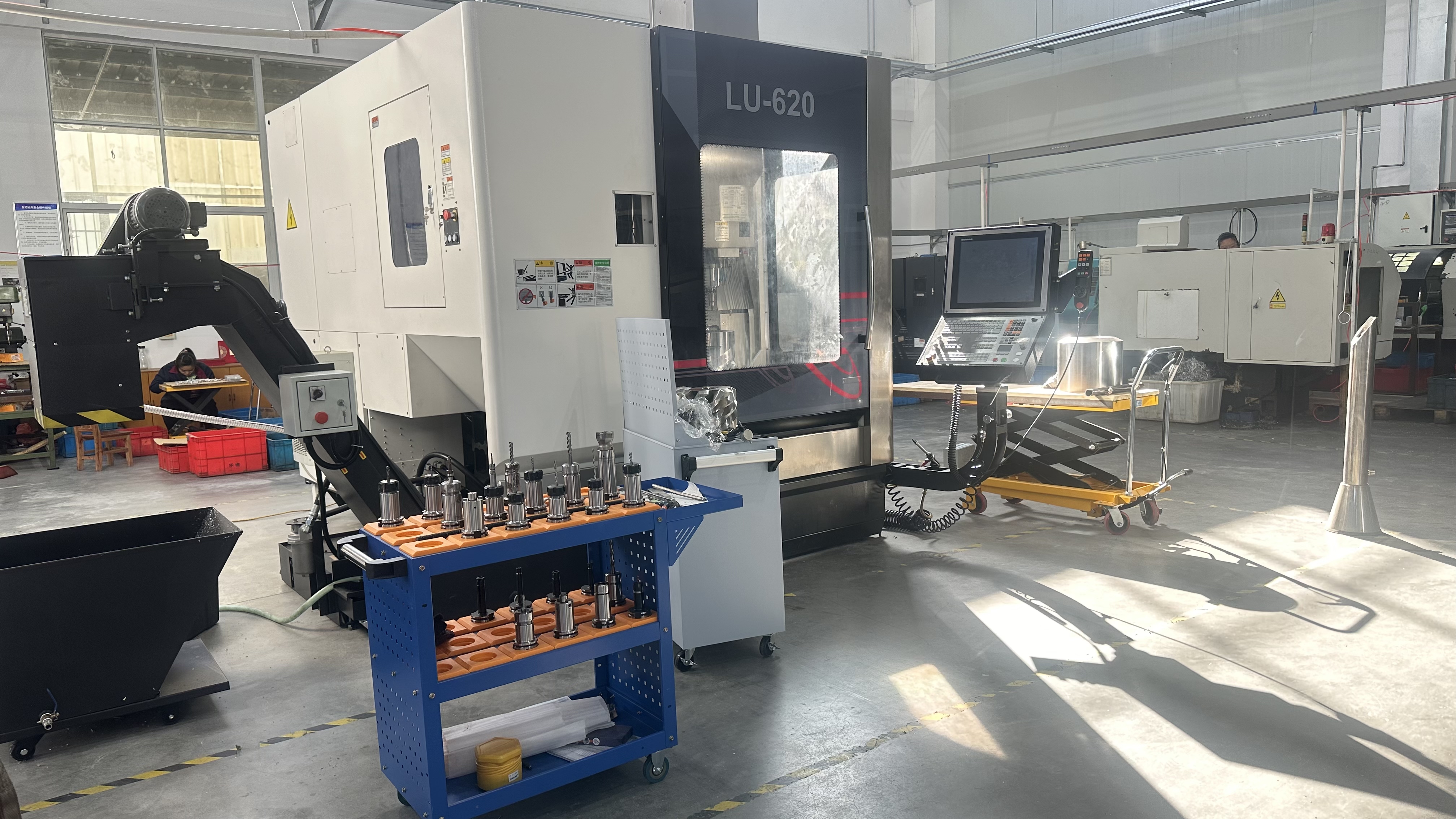Steering Tie Rod: Precision Steering for Go-Kart Performance
The Steering Tie Rod is a crucial component in a go-kart’s steering system, connecting the steering shaft to the spindles to ensure accurate wheel alignment and responsive handling. Crafted from durable materials like aluminum or steel, this rod is designed to withstand the stresses of high-speed turns and rugged terrain, making it an essential part for racers, mechanics, and DIY enthusiasts. Available in lengths from 6” to 25” and thread sizes like 3/8-24 or M10, it fits a variety of kart chassis from brands like Manco, Yerf-Dog, and Tony Kart. Whether you’re racing on a sprint track or navigating a backyard course, the Steering Tie Rod delivers reliability, strength, and precision for optimal steering control.
What Is a Steering Tie Rod?
A Steering Tie Rod is a rigid bar or tube that links the pitman arm (on the steering shaft) to the spindle arms, transferring steering input to the front wheels. Typically made from steel for durability or aluminum for lightweight performance, it features threaded ends—often with left-hand and right-hand threads—for adjustable rod ends (heim joints or ball joints). This design allows for toe alignment adjustments, ensuring proper wheel tracking, as detailed by GoKartSupply and KartFab.
Why Use a Steering Tie Rod?
Steering Tie Rods are vital for maintaining precise wheel alignment and steering response, preventing uneven tire wear and ensuring safety during aggressive maneuvers. They allow racers to fine-tune Ackerman angles and toe settings for track conditions, a benefit emphasized by Point Karting and BMI Karts, while offering recreational users a durable, low-maintenance solution for consistent handling. Their adjustability and strength make them indispensable.
Built for Durability and Compatibility
Our Steering Tie Rods are engineered to fit standard go-kart steering setups, with options in plated steel, black anodized aluminum, or chrome finishes. Available with rod ends and jam nuts included, they support chassis from OTK, CRG, and QRC Karts, ensuring compatibility with engines like Predator 212cc or Rotax Max, and providing a robust link that enhances steering performance.
Key Features of the Steering Tie Rod
The Steering Tie Rod combines robust construction, adjustability, and versatility, making it a key element in go-kart steering systems. Here’s what sets it apart.
High-Strength Material Options
Crafted from Grade 8 steel or 6061 aluminum, these tie rods offer exceptional durability: steel rods (e.g., GoPowerSports’ 3/8-24 kit) provide tensile strength up to 150,000 PSI for heavy-duty use, while aluminum versions (e.g., Point Karting’s black anodized rods) weigh 2-4 ounces, reducing kart mass for racing, with corrosion-resistant finishes per BMI Karts’ specs.
Adjustable Threaded Ends
Featuring 3/8-24 or M10 threads—often with left-hand and right-hand threading (e.g., KartPartsDepot’s 10mm heim kit)—the rod allows precise toe adjustments via heim joints or ball joints. This adjustability, noted by GoKartSupply, ensures proper wheel alignment (e.g., 1/8” toe-in per KartFab), optimizing handling for specific tracks or conditions.
Corrosion-Resistant Finishes
Available with zinc plating, chrome coating, or black anodizing, these finishes protect against rust and wear from moisture, salt, or track debris. The coatings, as highlighted by e-rigging.com, extend lifespan beyond untreated metals, with stainless options available for harsh environments, ensuring reliability in outdoor karting.
Pre-Assembled with Rod Ends
Many kits (e.g., Comet Kart Sales’ 6” rod with 3/8” heim) come pre-assembled with rod ends and jam nuts, simplifying installation. The heim joints, typically 3/8” or 10mm bore, provide smooth articulation and durability, supporting high-stress steering inputs, as praised by Point Karting’s racing components.
Applications of the Steering Tie Rod
The Steering Tie Rod’s strength and adaptability make it suitable for a variety of karting scenarios, from competitive racing to rugged use.
Competitive Kart Racing
In sprint, oval, or endurance racing, the tie rod ensures precise steering control under high-speed conditions on chassis like OTK or Tony Kart. Supporting engines like Rotax Max or IAME X30, it allows fine-tuning of toe and Ackerman for track-specific handling, a tuning edge noted by GoKartGuide and Point Karting, enhancing lap times and stability.
Recreational and Club Karting
For club racers or backyard drivers with Predator 212cc or Honda GX200 engines, the tie rod provides reliable steering for casual rides or club events (e.g., Manco or Yerf-Dog chassis). Its durable design ensures consistent alignment, improving safety and handling with minimal upkeep, per GoPowerSports’ parts catalog.
Custom Builds and Junior Karts
DIY builders and parents upgrading junior karts rely on the tie rod for bespoke or kid-friendly setups. Adjustable lengths (e.g., 10” to 25” per BMI Karts) and lightweight aluminum options suit custom frames or smaller spindles, ensuring young drivers maintain control, as recommended by KartFab’s DIY plans.
Off-Road and Rugged Terrain
In off-road or dusty conditions, the tie rod’s steel or corrosion-resistant finishes withstand impacts and debris, maintaining steering integrity on rough trails. It supports karts like American Sportworks models, ensuring reliable wheel tracking, as noted by Comet Kart Sales’ rugged components.
Technical Specifications and Installation Guide
To ensure optimal performance, understanding the Steering Tie Rod’s specifications and proper installation is key. Here’s a detailed breakdown.
Size and Compatibility
Our tie rods range from 6” to 25” in length, with thread sizes of 3/8-24 or M10 (e.g., KartPartsDepot’s 10mm kit), fitting chassis from Manco, CRG, and Tony Kart. They pair with 3/8” or 10mm heim joints (e.g., GoKartSupply’s FK rod ends) and support steering systems for engines from 150cc to 300cc, compatible with 5” or 6” front wheels.
Material Strength and Durability
Steel tie rods offer tensile strength up to 150,000 PSI, lasting 800-1,200 hours under heavy use, while aluminum (6061) provides 45,000 PSI and 500-700 hours, with anodized finishes extending wet-condition life to over 1,000 hours, per e-rigging.com’s data. Both resist bending and corrosion, ensuring long-term reliability.
Step-by-Step Installation
Preparation: Measure spindle-to-pitman arm distance (e.g., 10”). Gather the tie rod, heim joints, jam nuts, and tools (e.g., 9/16” wrench, thread locker).
Assembly: Thread heim joints onto the rod ends (left-hand and right-hand), adjusting to match the measured length. Secure with jam nuts, hand-tightening initially.
Mounting: Attach one heim joint to the pitman arm and the other to the spindle arm using 3/8” or M10 bolts, tightening to 20-25 ft-lbs. Adjust toe (e.g., 1/8” toe-in per KartFab) by rotating the rod, then lock jam nuts to 15-20 ft-lbs.
Final Check: Turn the steering wheel to confirm smooth movement and no binding. Test at low speed to verify alignment and responsiveness, tweaking if needed.
Maintenance Tips
Inspect tie rods for wear (e.g., bent rods, worn threads) after off-road or high-impact runs, cleaning with a soft brush and mild solvent. Lubricate heim joints sparingly and re-tighten jam nuts after 50 hours. Replace if cracked or misaligned, typically after 700-1,200 hours depending on material and use.




















